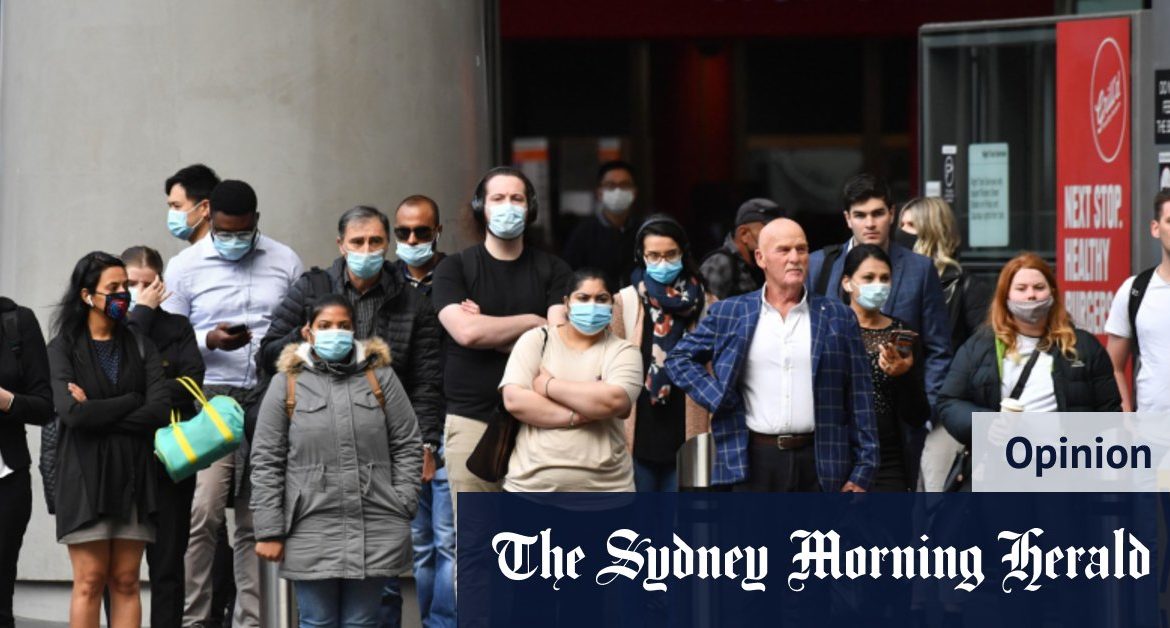Many employers will take the opportunity to permanently change their operating environments. It’s important we’re flexible and work together to get the balance right.
Revitalising our CBDs is not about shoehorning workers behind their office desks. Far from it. It’s about people’s jobs and livelihoods. It’s about ensuring the commercial heart of our cities are vibrant, safe and prosperous.
Loading
The survival of thousands of family and small businesses depend on foot traffic returning to the CBDs, from baristas and pharmacies to dry cleaners, cafes and speciality stores. Then there’s the critical ecosystems of suppliers of all sizes, including those from the outskirts of the city, that provide goods and services to city businesses.
At stake also is the future of jobs in larger businesses that run hotels, shopping centres, supermarkets, own office spaces and provide essential services, as well as the jobs of workers who keep our cities ticking by providing cleaning, maintenance and transporting people around.
CBDs are more than a collection of office towers; they’re cultural, entertainment and retailing centres.
Empty CBDs are economic dead zones. It doesn’t just reduce economic activity; it psychologically drags on our return to some semblance of normalcy.
The survival of thousands of city businesses depends on increased foot traffic.Credit:Getty Images
No one expects our CBDs to snap back to normal. It will take time but by working together, we can make inroads.
It starts with building confidence, fighting complacency, delivering certainty, ensuring health advice is predictable and accessible, and convincing people that it is safe to return to offices and workplaces. These are collective efforts requiring the ongoing support of governments, businesses and individuals.
We’re on the right track as more people gradually return to the CBD for work. Business has led the way in creating COVID Safe workplaces.
We haven’t sat back and waited for government advice on how to keep people safe – we’ve moved fast throughout the pandemic to solve problems.
Business introduced physical distancing long before it was the norm. We also introduced shift rotations, moved quickly to support working from home, brought in contactless delivery, erected perspex glass dividers to protect shoppers and staff, led early on contact tracing with some of the most sophisticated systems, and we kept people connected.
Business remains committed to adapting and innovating as the nation recovers to keep our teams, customers and suppliers safe. This means ensuring QR codes are in place, continuing digital tracking and tracing, and physical distancing requirements.
Loading
Our premises are well stocked with hand sanitiser, and we continue to provide our teams with flexibility such as staged returns from working from home, alternate rosters and staggered start and finish times.
We’re managing the flow of people through buildings to reduce choke points around lifts and entrances, provide facilities so staff can change after they’ve walked or cycled to work, introduced more signage and continued the regular and professional cleaning of our premises.
There’s no doubt that work patterns have changed, dramatically for some.

Businesses have introduced social distancing and other measures to make their workplaces safe for their employees.Credit:Justin McManus
But many people find it easier to collaborate face to face. They want to be socially connected and feel they have a purpose. We can’t forget that some people don’t feel safe at home and they don’t feel they have the same level of inclusion at home.
As we strike a balance between returning to the office and working from home, we need to keep working to ensure there are nationally consistent and predictable plans in place that keep the economy open, keep people safe, avoid a stop-start recovery and generate activity, including in our CBDs.
Jennifer Westacott AO is the chief executive of the Business Council of Australia
Most Viewed in Business
Loading







